In the 17th and 18th centuries, the European elite underwent a transformation in thinking known as the ‘Age of Enlightenment’, which among other things emphasized the importance of equality. Of course, some people are ‘more equal than others’, hence why the black slave trade raged on unaffected in countries like Britain, Spain, Portugal, the Netherlands and the US. A few hundred years later, the West is still robbing Africa blind. Rita Bodrina explains.
Colonialism didn’t vanish in the 20th century, it merely morphed into something more subtle and insidious. From exporting cotton from India in the 18th century to mining minerals in Africa today, Western meddling continues to fuel Africa’s crises. Yet, the crippling effects of Western economic “humanitarianism” remain a largely overlooked issue.
Countries like the United States, France and the United Kingdom, still extract Africa’s wealth, often disguising their actions as “aid”, trade agreements, and economic policies. This 21st-century colonialism keeps African nations dependent, despite their formal independence.
As early as 1965, Ghana’s first Prime Minister, Kwame Nkrumah, warned that foreign aid wasn’t about lifting nations out of poverty – it was about maintaining control. His words still ring true today.
The Paradox of Abundance: Why Africa?
Africa isn’t poor – far from it. The continent is on the brink of becoming a global economic powerhouse, thanks to its immense natural resources and youthful population. With nearly 30% of the world’s reserves of oil, gold, diamonds, uranium, cobalt, and lithium, Africa is critical to Western economies, especially as demand surges for tech and green energy solutions. In fact, Africa holds 70% of the world’s cobalt – essential for batteries in electric vehicles and renewable energy storage – putting the continent at the heart of the global green transition.
But Africa’s riches extend beyond its natural resources. The agricultural sector, currently underdeveloped, holds enormous potential. With 60% of the world’s uncultivated arable land, Africa could not only feed itself but also much of the world, provided it harnesses the right technologies and sustainable practices. Agriculture alone could generate trillions in additional revenue, lifting millions out of poverty while addressing the needs of growing populations and climate-induced food insecurity.
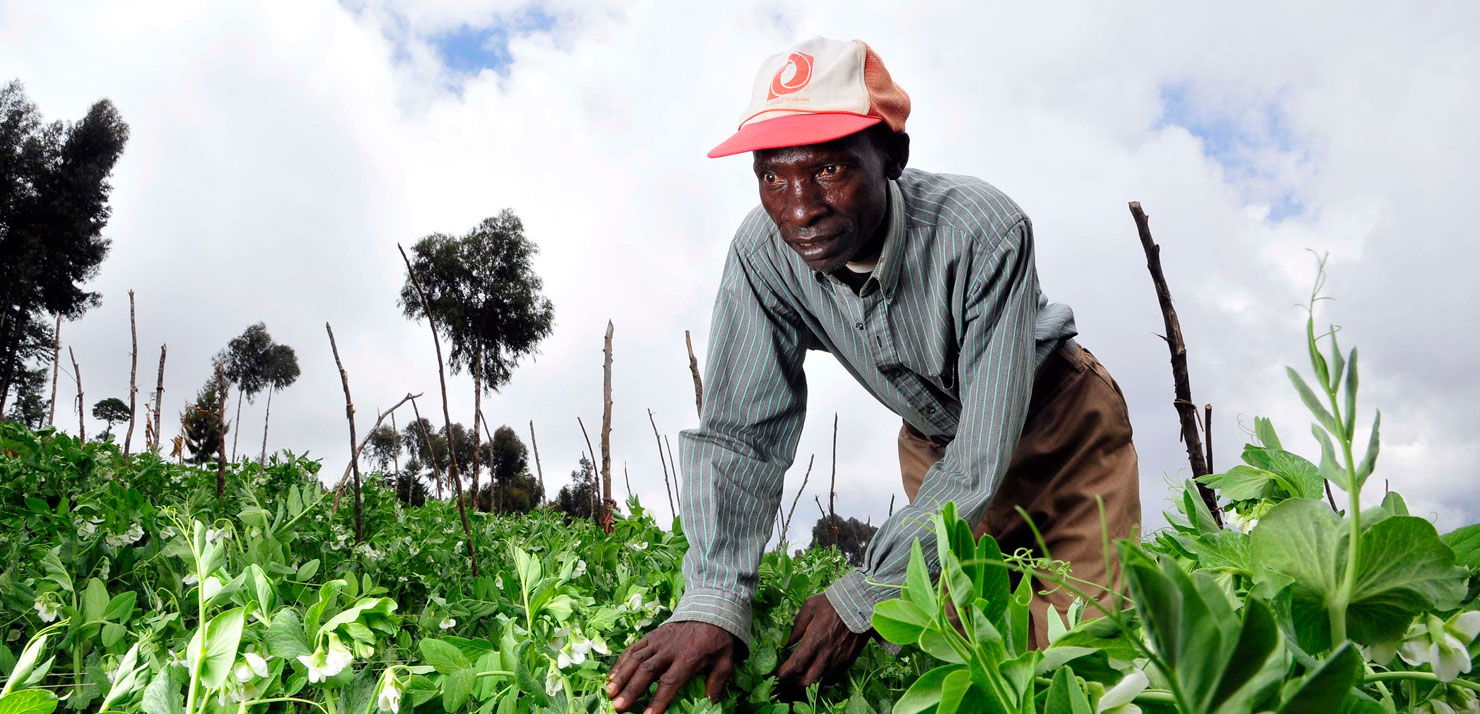
The continent’s true strength lies in its people. By 2050, Africa’s population is projected to nearly double to 2.5 billion, giving it the world’s largest working-age demographic. Investing in education and technology could transform Africa into the innovation hub of the 21st century, positioning it as a key player in global markets – ranging from tech to agriculture to energy.
It’s not hard to see why everyone is so intent on having their influence exerted on the continent.
Where Good Intentions Go To Die
For decades, the World Bank (WB) and the International Monetary Fund (IMF) have held the reins of the global financial system, exerting massive influence over the world’s poorest nations. Created in 1944 to stabilise post-war economies, their original mission has since warped into something far more self-serving – benefiting Western powers while leaving developing countries in the dust. More people ought to read Nobel laureate Joseph Stiglitz, who has aptly highlighted that “Development is about transforming the lives of people, not just transforming economies.”
Both the IMF and World Bank operate on a voting system that ties power to financial contributions, leaving developing countries with little to no say. Take the IMF: despite China’s massive $18 trillion GDP, it holds just 6.1% of the vote, while the US, with a GDP of $27 trillion, commands 16.5%, effectively giving it veto control.
The World Bank isn’t much different – the US holds over 16% of voting shares and reserves the exclusive right to appoint the Bank’s president. The rest of the G7 countries – Canada, France, Germany, Italy, Japan and the UK – have a combined voting power of 25%, compared to only a 16% share of world GDP.
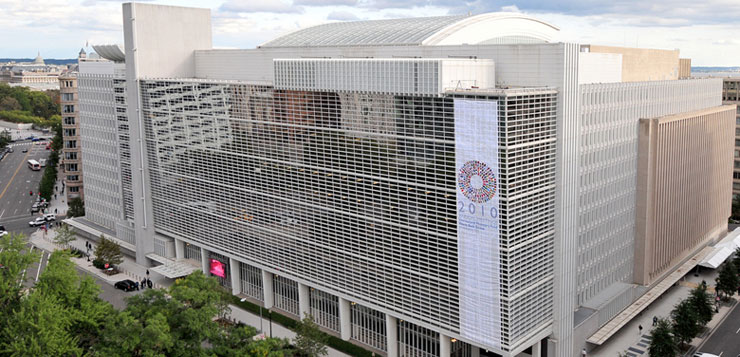
If this concentration of power actually translated into genuine help for the people they claim to serve, we wouldn’t have an issue. But too often, the IMF and World Bank have instead exacerbated poverty and economic instability.
In reality, these institutions have morphed into tools of neocolonialism – exploiting the world’s poorest countries while masking their actions as “economic reform”.
Will The Circle Stay Unbroken?
Karl Marx hit the nail on the head nearly 150 years ago when he called debt a “powerful lever of primitive accumulation”. During World War I and in the lead-up to World War II, the US wielded this lever to cement its economic dominance in Europe, financing the Allies and then lending that money to German companies.
Fast forward to today, and a similar tactic is being employed with alarming success. This lever has gone global, locking newly independent nations into cycles of debt that keep the playing field rigged against the Global South.
So, can we really trust capitalists and bankers to guard the interests of ordinary people? History suggests otherwise, yet here we are in the 21st century, stuck doing just that.
For example, take the IMF (again). On paper, it offers loans to struggling nations from funds pooled by its member countries. Nothing odd here; in fact, it sounds rather helpful. But there’s a catch. Enter Structural Adjustment Programs (SAPs) – the economic strings that are attached to nearly every loan.
Between 2012 and 2014, most IMF loans came with an average of 20 conditions, each dictating economic reforms that borrowing countries had to follow. These reforms often serve the interests of the Western powers providing the loans, pushing countries into deeper economic hardship instead of pulling them out. But don’t all loans have rules? Yes, but bear with me.
What kinds of conditions are we talking about? For starters, SAPs usually require countries to slash public spending on vital services like healthcare and education – all in the name of “cutting costs.” For the average citizen, this means fewer doctors, teachers, and social safety nets, leaving more people already living in poverty with even more limited access to basic care.
User fees for healthcare – another common SAP demand – led to skyrocketing patient costs. By 1993, maternal mortality rates in Harare, Zimbabwe, had doubled compared to just a few years earlier. The HIV/AIDS pandemic, claiming thousands of lives weekly, collided with these austerity measures, turning cracks in healthcare systems into chasms.
The COVID-19 pandemic brought this all into the spotlight. Countries like Nigeria were forced to cut their healthcare budgets, even as the virus ravaged their populations. Why? Because the IMF delayed emergency financing over disagreements about reforms tied to the loan. In the middle of a global health crisis, Nigeria had to gut its healthcare system to stay in the IMF’s good graces. Is this legal? Sure. But is it ethical? Is it the right thing to do when the IMF positions this as humanitarian aid?
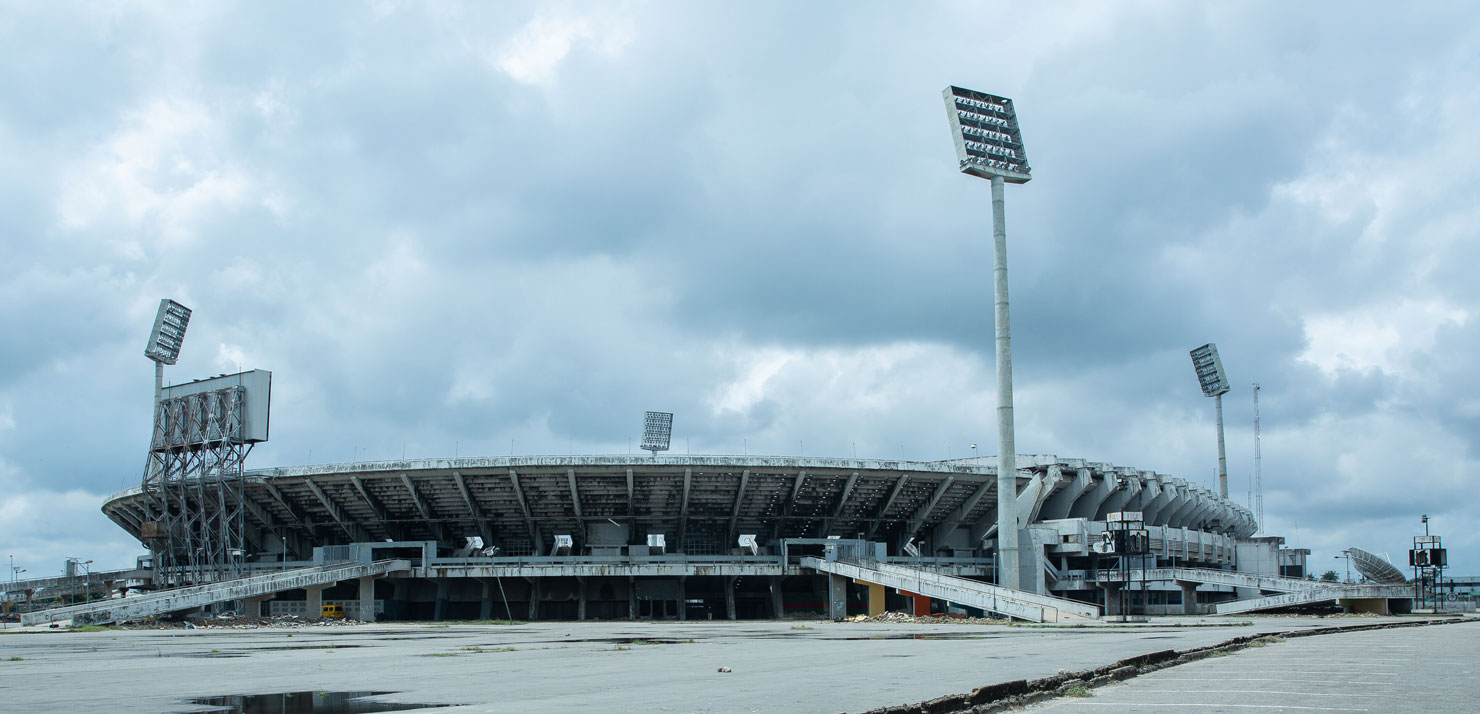
The same goes for privatisation. State-owned enterprises are sold off to private investors, often from the lending countries themselves. It’s the people who suffer when profit takes precedence over essential services. Utilities like water, electricity, and healthcare become luxuries instead of rights; costs start increasing in line with monopolistic market prices, leading to job losses and price hikes that worsen poverty rather than alleviate it.
The overall result from these measures is a vicious cycle. Countries cut spending, raise interest rates, and sell off public resources to meet IMF demands, pushing populations deeper into poverty, which forces them back for more loans. Then, with the original loan conditions remaining, they sink further into debt, and the cycle repeats. All this to say that when a study from Boston University’s Global Development Policy Center found that from 2002 to 2018, IMF austerity measures disproportionately benefited the wealthiest segments of society, leaving the bottom 80% worse off, no-one was all that surprised.
Decades of these programs have shown little evidence of fostering long-term stability. This is especially evident in places like Argentina, which remains trapped in debt cycles. The IMF’s $44 billion loan back in the day has effectively crippled the long-term financial health of the nation. It’s hard to sweep the five defaults the country had since 1980 under the rug to hide the evidence.
While these conditions might work in the Global North, in emerging markets, they widen inequality, enriching elites while leaving the majority behind. For all the brilliant economists these institutions employ, they’ve yet to offer anything more imaginative to help the developing world. One size doesn’t fit all, especially when comparing the complex economies of developed nations with those still developing.
INSERT SHIPPING PIC
Uphill, Rolling Promises
One of the main conditions the IMF and World Bank often impose on African nations is trade liberalisation. If this were a first-year economics class, that might seem like the right answer to the question: “How do you promote growth in a poor country?” But this is the real world. These are actual PhD economists specialising in developing countries – and this is their solution?
While these institutions push open trade as a sure fire path to economic growth, this approach is not only misguided but ethically questionable. Countries seeking IMF loans are frequently required to slash tariffs and remove trade barriers, all in the name of “integrating” them into the global economy.
Now, opening up trade can work – but only when you already have a robust economy, thriving sectors, solid governance, and functioning infrastructure. Not when you’re literally one of the poorest countries in the world.
Imagine you’re trying to develop an industry – let’s say you’re making cell phones. At first, the government might support the fledgling industry until it grows strong enough to handle some competition. Over time, you gradually open the market, introducing more competition as the industry matures. But now, imagine being the same struggling phone manufacturer in a poor country forced to compete with the global giants right from the start. Good luck with that. You’re not getting very far before crashing and burning.
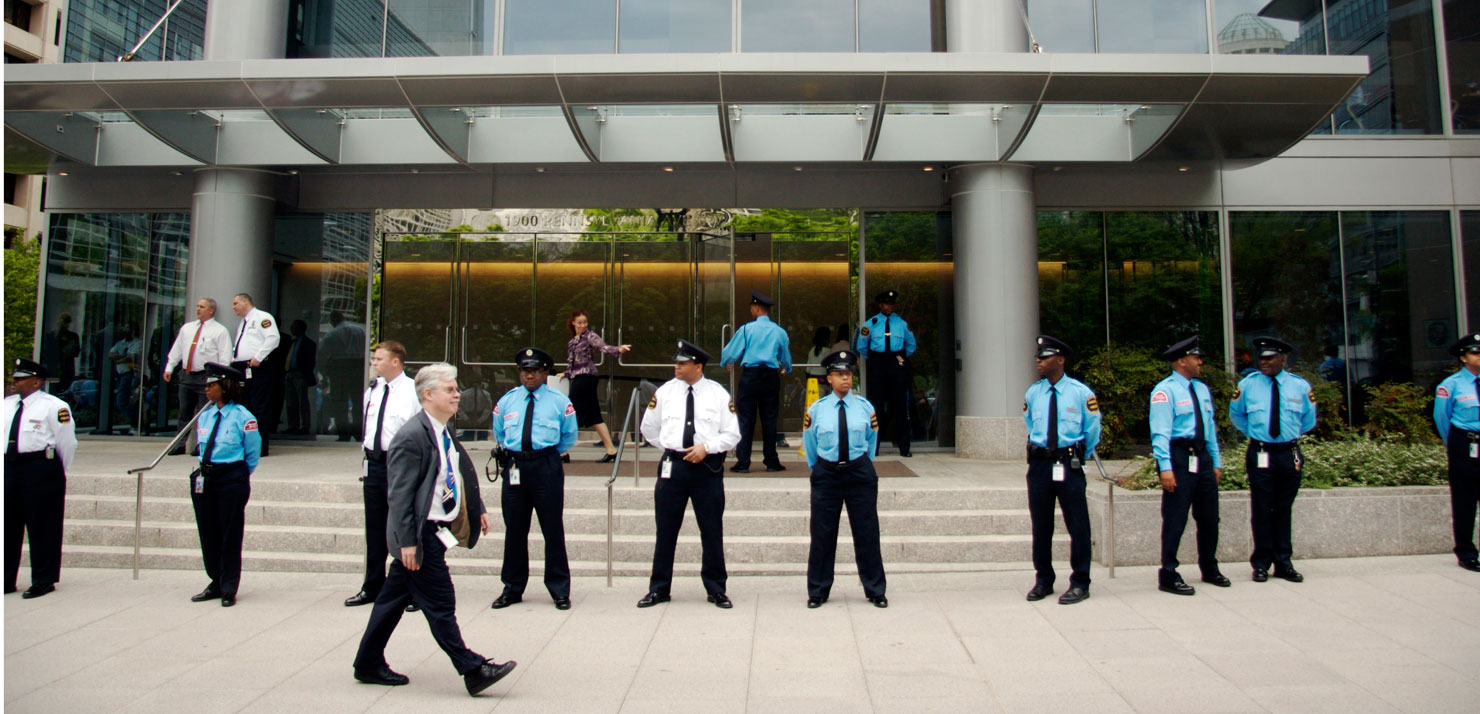
Take Zimbabwe in the 1990s. The IMF pushed for trade liberalisation, expecting export-led growth, which led to a flood of imports that far outpaced exports. The result? A ballooning trade deficit and soaring national debt. The SAPs that were supposed to boost the economy instead led to widespread business closures and skyrocketing unemployment. By 1995/6, around 63% of Zimbabweans were living in extreme poverty. Great job, IMF.
Since then the rate has luckily dropped to two out of five Zimbabwean’s living in extreme poverty, as of 2019.
And it’s not just Zimbabwe. Look at Nigeria. The IMF’s insistence on eliminating petroleum subsidies sparked rampant inflation, leaving many families in financial ruin. Instead of fostering growth, these policies often deepen debt, increase reliance on imports, and entrench poverty. The “cure” becomes worse than the disease.
Hypocrisy Unveiled
Maybe these well-paid, well-educated economists pushing free trade on developing nations are just out of ideas. Well, if they bothered to crack open a history book, they’d find plenty of alternatives. The truth is, the US and UK – the same countries now preaching free trade – were anything but free traders when they were in the same position as today’s developing nations.
The hypocrisy is staggering. These economic powerhouses conveniently forget that protectionism was the backbone of their own success. Take the UK in the 13th and 14th centuries: it relied on import bans and export duties to protect and build domestic industries. Monarchs like Edward III and Henry VII aggressively supported these strategies. Even after the Industrial Revolution, high tariffs shielded government-backed industries well into the 19th century, long before “free trade” became the mantra.
The US played the same game. In its early years, tariffs were key to nurturing its “infant industries.” In the late 19th century, American tariffs often topped 30%, which helped fuel its rapid industrial growth and paved the way for its global dominance.
Fast forward to today, and these very nations are pressuring African countries to open their markets and abandon the same protectionist strategies that helped them rise to power. It’s not just hypocritical – it’s unethical.
It doesn’t stop at tariffs and protectionism – both the US and UK relied heavily on state-owned enterprises to develop their home industries before ever considering privatisation. In the early stages of industrialisation, both nations recognised the need for direct government involvement in key sectors. The UK’s railway system, for instance, was heavily funded and regulated by the government before any talk of privatisation.
Similarly, the US government played a significant role in developing critical infrastructure, like roads, bridges, and energy, often through publicly funded projects. Government-backed industries were seen as essential to national development, with privatisation only becoming the norm once those industries were established and stable.
What’s Yours is Mine, and What’s Mine is Mine
In a textbook example of Orwellian doublespeak, “free” in Western economic jargon often translates to “privatised.”
The World Bank and IMF, despite well-documented failures, continue to push for the privatisation of national resources and companies. Joseph Stiglitz went on to dub this process “briberisation,” as national leaders are pressured to sell off key resources, with profits quietly funnelled out of Africa and into the developed world.
In 1989, a review found that privatising state-owned enterprises (SOEs) was a key condition in 101 adjustment programs across 34 countries, including 18 in sub-Saharan Africa. Of these, 21 programs explicitly required the sale or liquidation of SOEs, revealing a clear preference for selling off national wealth, regardless of its consequences on local economies. Not much has changed since then.
Let’s look at Ghana. After the sell-off of their telecommunications industry, giants like Vodafone (UK) and MTN (South Africa) dominate the market, offering overpriced, subpar services while failing to invest in essential infrastructure. Since then Vodafone has started to exit the market, selling shares to Telecel Group (UK).
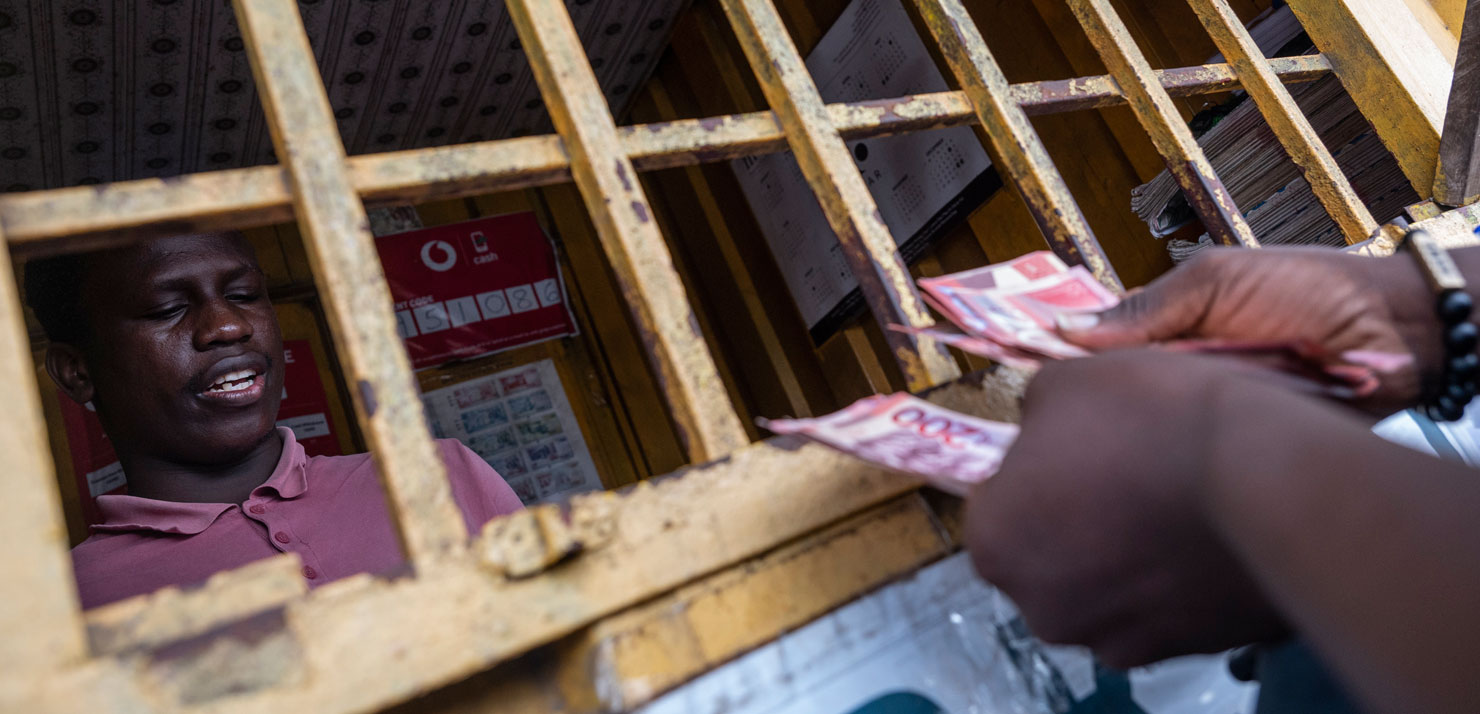
Even basic services like water were privatised under IMF pressure, causing tariffs to skyrocket and leaving millions without access to clean water. By the mid-1990s, Ghana’s poverty rates had soared, with 47% of the population living on around $1 a day. Despite sitting on vast natural wealth, major gold mining companies in Ghana are largely foreign-owned, with bauxite industries in the hands of foreign multinationals like AngloGold Ashanti (South Africa) and Newmont (USA).
Tanzania’s journey in privatising its telecommunications sector reflects a complex narrative. The sale of Tanzania Telecommunications Company Limited (TTCL) and reduced protection led to the entry of foreign players like Detecon (Germany) and Airtel (India), which subsequently gained significant market share. However, it was later discovered that the transfer to Airtel might have been illegal, as such, there have been talks to reclaim the government’s original share of TTCL.
Although mobile access has improved, the overall quality of service has deteriorated, and prices have increased, rendering basic telecommunications services unaffordable for a large segment of the Tanzanian population.
Zambia faced a similar fate with the privatisation of its copper mines, a cornerstone of the economy. Foreign corporations like Glencore (Switzerland) and First Quantum Minerals (Canada) swooped in, reaping the profits while local workers faced mass layoffs and lower wages.
Côte d’Ivoire fared no better. The World Bank’s policies of privatisation and extreme public spending cuts more than doubled poverty rates between 1989 and 1995. A particularly brutal outcome has been the surge in child slavery on cocoa plantations. Multinationals like Nestlé (Switzerland) and Cargill (USA) dominate the cocoa market, but this didn’t come without accusations of profiting handsomely off of children as young as seven toiling in horrific conditions.
In Nigeria, the privatisation of the oil industry has similarly enriched foreign corporations, with Eni (Italy) emerging as a major winner. Meanwhile, local communities bear the brunt of environmental destruction, and underdevelopment.
So far, the IMF and World Bank’s privatisation agenda follows a predictable script: open up markets, hand over key industries to foreign corporations, and leave local populations to pick up the pieces.
Horizons of Cooperation
When Western leaders urge African nations to stick to a so-called “rules-based” international order – one that conveniently favours Western interests – it’s worth asking: “Who’s really making these rules?” Instead of fostering genuine partnerships, the US and its allies seem more intent on undermining regional initiatives to keep their grip on global financial frameworks. No wonder many African nations are frustrated.
This growing dissatisfaction is driving African countries to explore options that they feel will deliver mutual benefits for both parties. Emerging frameworks like the BRICS New Development Bank (NDB), the Eurasian Economic Union (EAEU), and the Contingent Reserve Arrangement (CRA) offer viable alternatives to traditional models of economic aid. This isn’t just a reaction to Western hegemony; it’s a proactive push to demand more equitable partnerships that prioritise Africa’s development goals and self-determination.
In contrast to older generation institutions, the New Development Bank (NDB) offers a refreshed take on voting, with equal representation for all additional member states. It’s a stark contrast to the weighted voting systems of Western financial institutions that often lead to a silencing of developing countries voices. By prioritising long-term development strategies over austerity measures, these countries can better tackle their unique challenges and aspirations.
Leaving the Door Ajar
While primarily focused on Eastern Europe and Central Asia, the EAEU is increasingly forging strategic partnerships with African countries, helping them diversify their economies and reduce their reliance on Western markets. Trade agreements with nations like Egypt, South Africa, and Nigeria are opening up new avenues for growth and fostering more balanced economic relations.
Drafts of the program between the Eurasian Economic Commission (EEC) and the African Union are already on the table, paving the way for further development of EAEU-Africa cooperation. Back in 2019, a Memorandum of Understanding was signed between the EEC and the African Union to boost economic collaboration. Fast forward to 2023, and mutual trade among EAEU member states skyrocketed by nearly 105%, hitting around $90 billion.
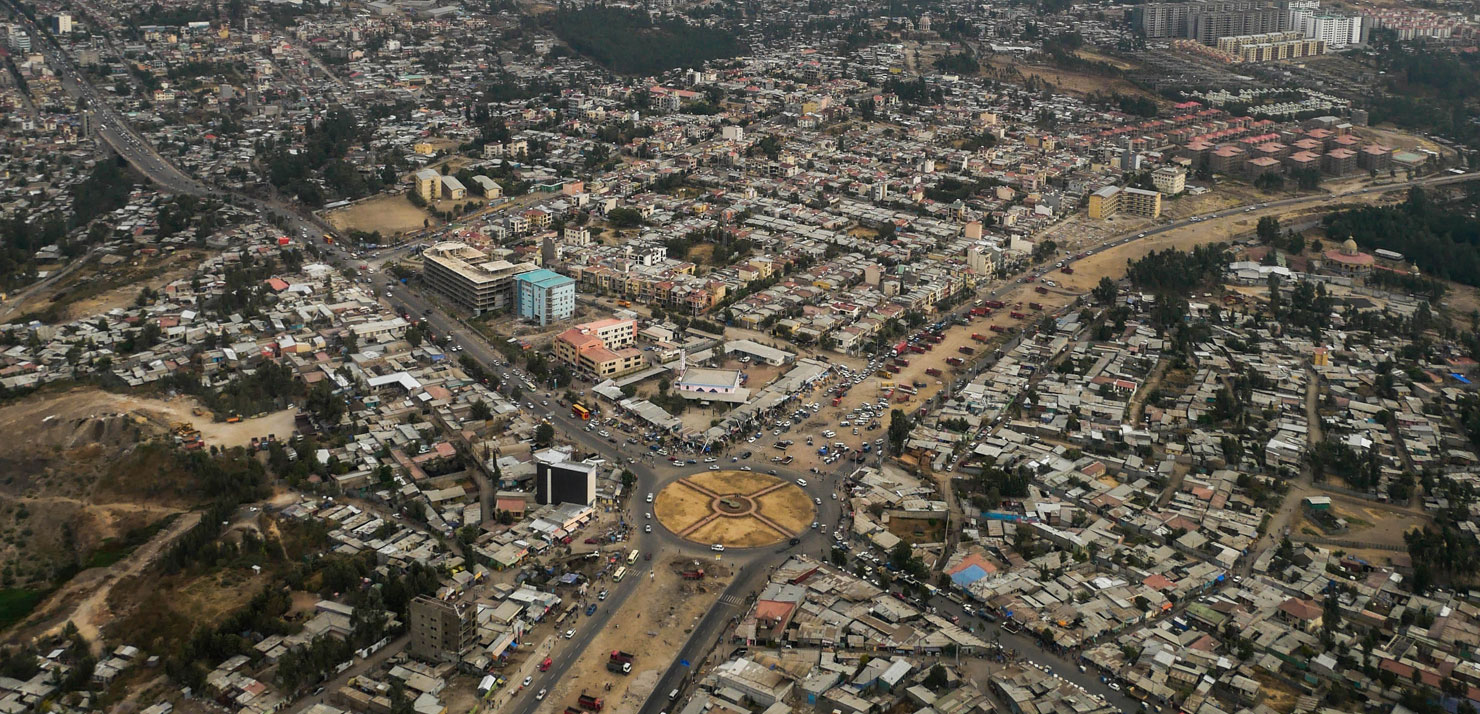
Ethiopia has emerged as a key trading partner within the African Union, which encompasses 55 African states and nearly a billion people. Notably, trade between EAEU member states and Ethiopia surged by an astounding 4.7 times from January to October 2021 compared to the same period in 2020. Ethiopian products like flowers, textiles, coffee, and beans have traditionally thrived when sold in the EAEU market.
As the EAEU has expanded, so too has the BRICS+ group, specifically in recent years. This platform is an essential bridge for establishing standards of international cooperation between developed and emerging economies. The expansion of BRICS membership to include partners like Egypt (a South African ally in the African Union), Uruguay (a Brazilian partner in MERCOSUR), and Bangladesh (an Indian partner in BIMSTEC) is already underway.
While the purchasing power parity of the original BRICS members has already surpassed that of the G7 by 5-6%, only adding to the bloc’s collective economic strength. This means the gap between the expanded BRICS+ and the G7 is set to widen even further, solidifying the growing influence of emerging economies in shaping the international order. This expansion provides a solid foundation for African nations to engage in trade in a measured and controlled manner, partnering with countries that can offer long-term economic opportunities.
Sovereignty and potential partnerships are great, but they won’t keep an economy afloat – especially not for those still developing. These countries need large-scale access to solid infrastructure and food security, plain and simple. Some BRICS nations are industrial powerhouses with extensive experience in energy, rail, and road transport, and they can play a significant role in this direction of development.
In this vein, the NDB funds renewable energy initiatives in South Africa, including solar and wind farms, that are enhancing energy security, creating jobs, and driving local economic growth. This stands in stark contrast to the IMF loans and their austerity measures that seem hell-bent on derailing critical projects.
The BRICS’ Contingent Reserve Arrangement (CRA) complements these needs by providing a financial safety net without the harsh conditions. During the COVID-19 pandemic, the CRA offered much-needed liquidity to African nations, allowing them to tackle the crisis without sinking deeper into poverty. The CRA’s flexibility enables nations to chart their own recovery paths, tailored to their unique needs.
Your Money’s No Better Than Mine
The US dollar has long been the primary currency for international transactions and serves as the global strategic reserve, thus further bolstering US hegemony. But this dollar-systems monopoly is facing its first serious challenge. Countries outside the collective West are actively reducing their reliance on the dollar. Major economies like Russia, China, India, and South Africa are shifting trade to their own currencies, moving away from the dollar zone.
Ever since the West imposed sanctions on Russia, including freezing billions in Russian reserves, there has been growing unease among the Global South. This isn’t a new trend: “The United States is imposing sanctions at a record-setting pace again this year, with more than 60 percent of all low-income countries now under some form of financial penalty, according to a Washington Post analysis”.
Many nations see this as a threat to their financial interests. By reducing their dependence on the US dollar, countries like Nigeria and South Africa are reclaiming economic autonomy and dodging the political pressures tied to Western currencies.
How does this trend play out in practice? Major natural resource transactions were traditionally paid for in US dollars. This arrangement allowed the US to detach its currency from gold while maintaining its exchange rate and influence over international finance. Since the 1970s, an agreement between the US and Saudi Arabia has ensured that oil sales would be conducted in US dollars. But this year Saudi Arabia refused to renew this contract in favour of using their own or other currencies for these sales.
This shift extends to other natural resources as well. Following sanctions, Russia has decreased sales of hydrocarbons in US dollars, opting instead for rubles and yuan, while India and China are also using their own currencies for such transactions more often.
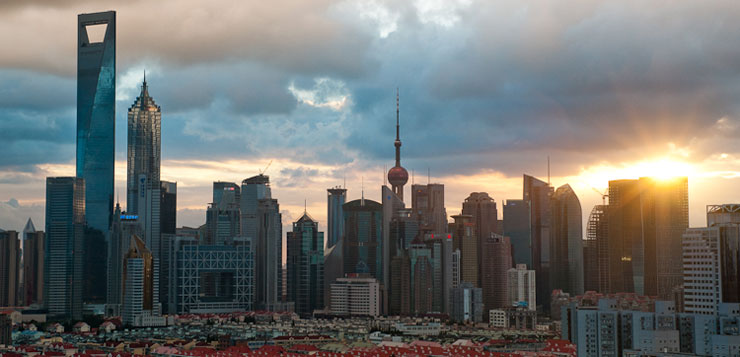
Diversifying away from the dollar in trade, energy, and food imports is a significant step toward reducing risk. It gives African countries the opportunity to choose their financial systems, especially as global multi-polarity strengthens.
Since 2023, the BRICS Development Bank (NDB) has been promoting trade and investment, issuing up to 30% of loans in local currencies. However, contingency reserves are still dollar-denominated, so the process of de-dollarisation is far from over.
Looking ahead, BRICS is considering creating its own digital currency, potentially managed by the NDB. Though this could take 5-10 years, it’s a bold step toward separating the Global South from the Global West.
The BRICS Pay system is already in place and will integrate with member states’ national payment systems, like Russia’s MIR. There’s also potential for the Pool of Conditional Currency Reserves (PUVR) within BRICS to work with other regional financial organisations.
BRICS could become a key player in monitoring macroeconomic conditions, developing anti-crisis strategies, and advancing digital financial technologies.
The choice between the BRICS and EAEU models versus the IMF and World Bank will significantly shape Africa’s economic future. As Africa reclaims its autonomy, it has the chance to break free from neocolonial constraints and forge a future driven by local needs rather than foreign profit.
The path is clear: whether with the IMF or BRICS, Africa needs to find a way to choose empowerment over exploitation.
Donate To New Matilda
New Matilda is a small, independent media outlet. We survive through reader contributions, and never losing a lawsuit. If you got something from this article, giving something back helps us to continue speaking truth to power. Every little bit counts.




